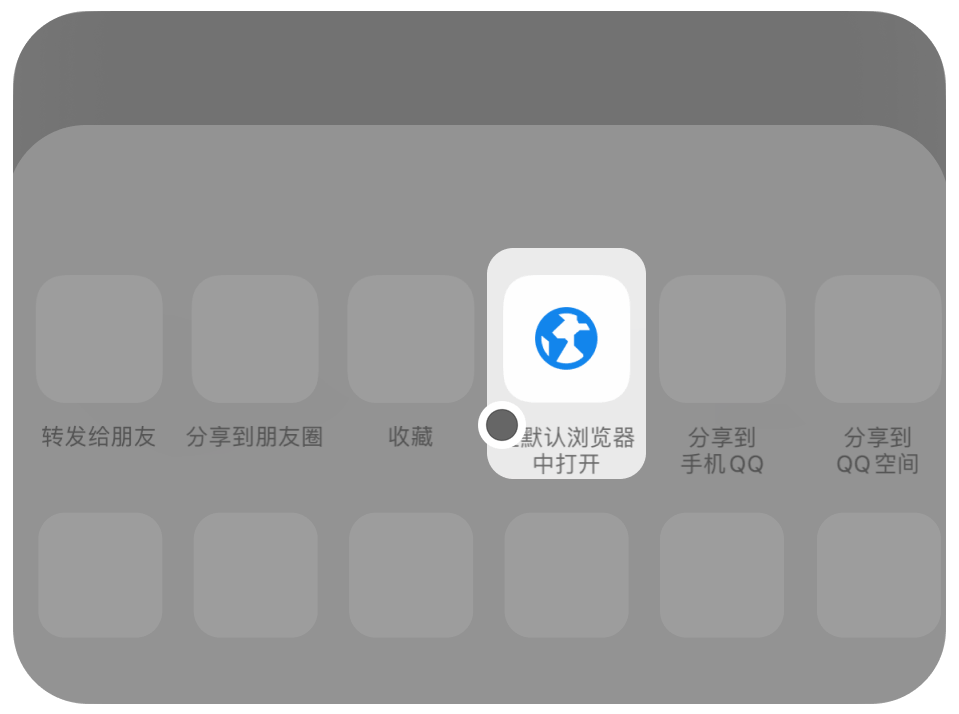导管球囊偏心度测试仪含5项测试YYT 0817-2010
文章由上海程斯智能科技有限公司提供技术参数
导管球囊偏心度测试仪含5项测试(The Catheter Balloon Eccentricity Tester Includes 5 Tests)
执行标准:
YYT 0817-2010
Execution Standards:
YYT 0817-2010
技术参数:
控制系统:PLC;
操作界面:彩色7寸触摸屏,中英文切换;
️测试项目:偏心度,球囊爆裂体积试验方法,球囊体积保持性试验方法,管身规格试验方法样板,球曩完整性试验方法可以独立分开;
内置环境温度:0-37度,有循环;
测试直径传感器:0-50mm,精度0.01mm,根据客户产品可选择其他量程;
压力传感器:0-1000kpa低压和1000Kpa以上高压,精度0.5%,可选择0.1%
夹具:1套不锈钢材料;
标配:恒温水浴,温度设置0-99度范围
用电要求:220V,50hz;
Technical Parameters:
Control system: PLC;
Operation interface: 7-inch color touch screen, switching between Chinese and English;
Test items: Eccentricity, Balloon Burst Volume Test Method, Balloon Volume Retention Test Method, Sample Tube Specification Test Method, Ball Tube Integrity Test Method can be independently separated;
Built in ambient temperature: 0-37 degrees, with cycling;
Test diameter sensor: 0-50mm, accuracy 0.01mm, other ranges can be selected according to customer products;
Pressure sensor: 0-1000kPa low pressure and above 1000Kpa high pressure, accuracy 0.5%, optional 0.1%
Fixture: 1 set of stainless steel material;
Standard configuration: Constant temperature water bath, temperature setting range of 0-99 degrees
Electricity requirements: 220V, 50Hz;
原理:
球囊导管检测的原理主要基于模拟球囊在体内的使用情况,通过一系列测试和测量来评估其性能和质量。
Principle:
The principle of balloon catheter detection is mainly based on simulating the use of balloons in vivo, and evaluating their performance and quality through a series of tests and measurements.
应用领域:
肠营养导管球囊偏心度测试仪的出现,犹如一颗投入医疗行业的重磅石子,在肠营养导管生产、医疗质量提升等多个方面激起了层层涟漪,产生了深远的影响。在肠营养导管生产领域,测试仪成为了生产企业的 “质量守护神”。它使得生产过程中的质量控制更加严格和精准,企业能够依据测试仪提供的准确数据,及时发现生产工艺中存在的问题,进而对生产流程进行优化。
Application Areas:
The emergence of the intestinal nutrition catheter balloon eccentricity tester is like a heavyweight stone thrown into the medical industry, which has caused ripples in multiple aspects such as intestinal nutrition catheter production and medical quality improvement, and has had a profound impact. In the field of enteral nutrition catheter production, testing equipment has become the "quality guardian" of manufacturing enterprises. It makes the quality control in the production process more strict and precise, and enterprises can timely discover problems in the production process based on the accurate data provided by the tester, and then optimize the production process.
仪器优点:
导管球囊偏心度测试仪是一种用于评估医疗导管球囊(如用于血管扩张的球囊导管)的几何特性的重要设备。偏心度测试通常涉及测量球囊在充气状态下是否均匀对称,以确保其在实际应用中能够有效、安全地扩张血管。
主要功能和特点:
精确测量:能够高精度测量球囊的偏心度,确保产品符合医疗标准。
自动化测试:许多现代测试仪器配备自动化功能,可以减少人为误差,提高测试效率。
数据记录与分析:可以将测试结果记录和分析,生成报告,便于质量控制和追踪。
易于操作:通常设计为用户友好的界面,操作简单,适合不同水平的技术人员使用。
适用范围广:可用于不同类型和尺寸的导管球囊测试,适应性强。
Advantages of the instrument:
The catheter balloon eccentricity tester is an important device used to evaluate the geometric characteristics of medical catheter balloons, such as balloon catheters used for vasodilation. Eccentricity testing usually involves measuring whether the balloon is uniformly symmetrical in the inflated state to ensure that it can effectively and safely dilate blood vessels in practical applications.
Main functions and features:
Accurate measurement: capable of measuring the eccentricity of the balloon with high precision, ensuring that the product meets medical standards.
Automated testing: Many modern testing instruments are equipped with automation functions, which can reduce human errors and improve testing efficiency.
Data recording and analysis: Test results can be recorded and analyzed to generate reports for quality control and tracking.
Easy to operate: usually designed with a user-friendly interface, simple to operate, suitable for technicians of different levels to use.
Wide applicability: It can be used for testing catheter balloons of different types and sizes, with strong adaptability.
测试步骤:
准备样品:将待测的球囊导管准备好,并确保其处于干燥状态。
充气:通过测试仪器将球囊充气至指定压力。
测量偏心度:利用仪器内置的传感器或摄像设备,测量球囊的几何形状,确定其偏心度。
记录数据:将测得的偏心度数据记录下来,并与标准值进行对比。
生成报告:根据测试结果生成详细的测试报告,供质量管理和产品改进参考。
Test steps:
Prepare the sample: Prepare the balloon catheter to be tested and ensure it is in a dry state.
Inflation: Inflate the balloon to the specified pressure using a testing instrument.
Measurement of eccentricity: Using the built-in sensors or camera equipment of the instrument, measure the geometric shape of the balloon and determine its eccentricity.
Record data: Record the measured eccentricity data and compare it with the standard value.
Generate report: Generate detailed test reports based on test results for quality management and product improvement reference.


